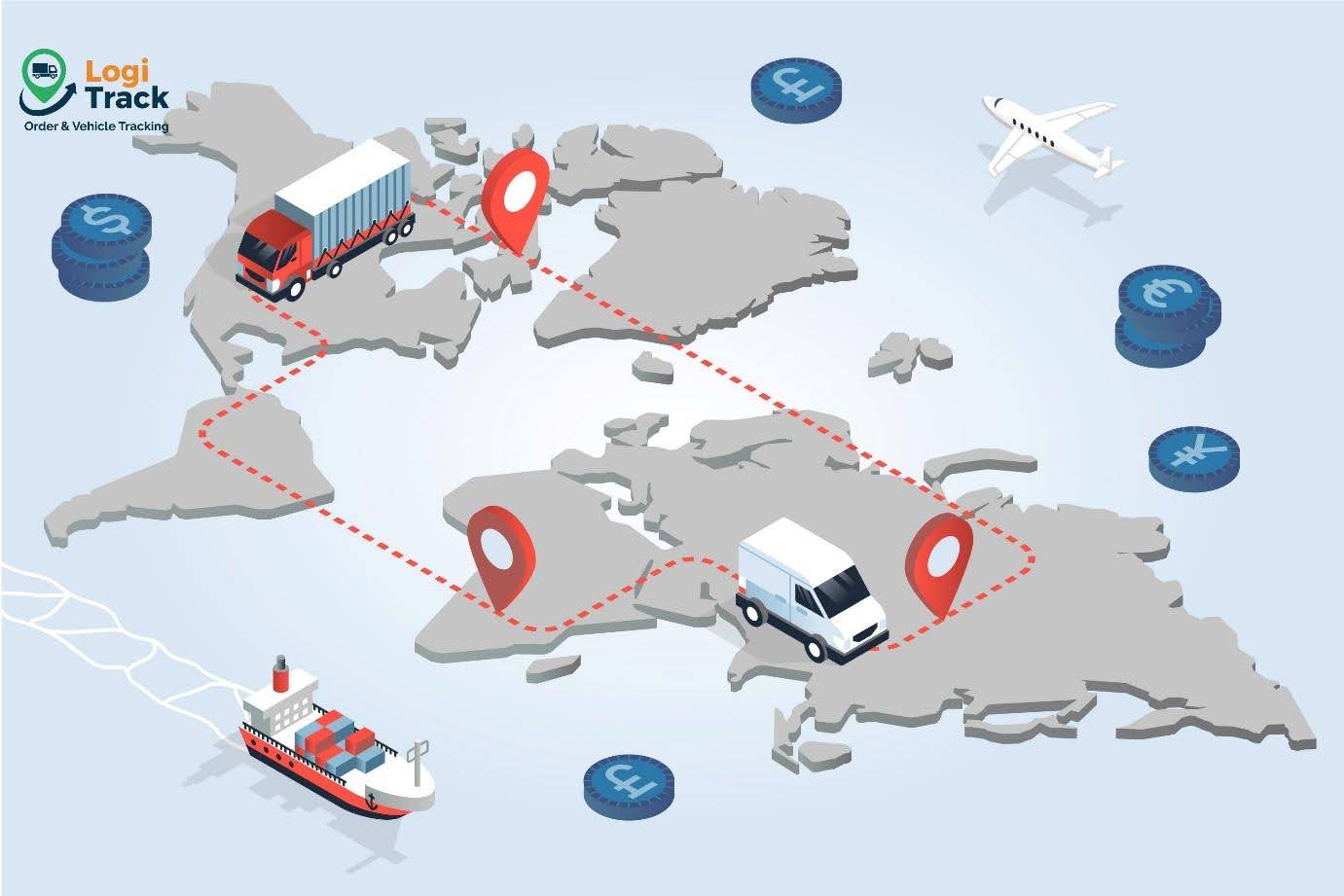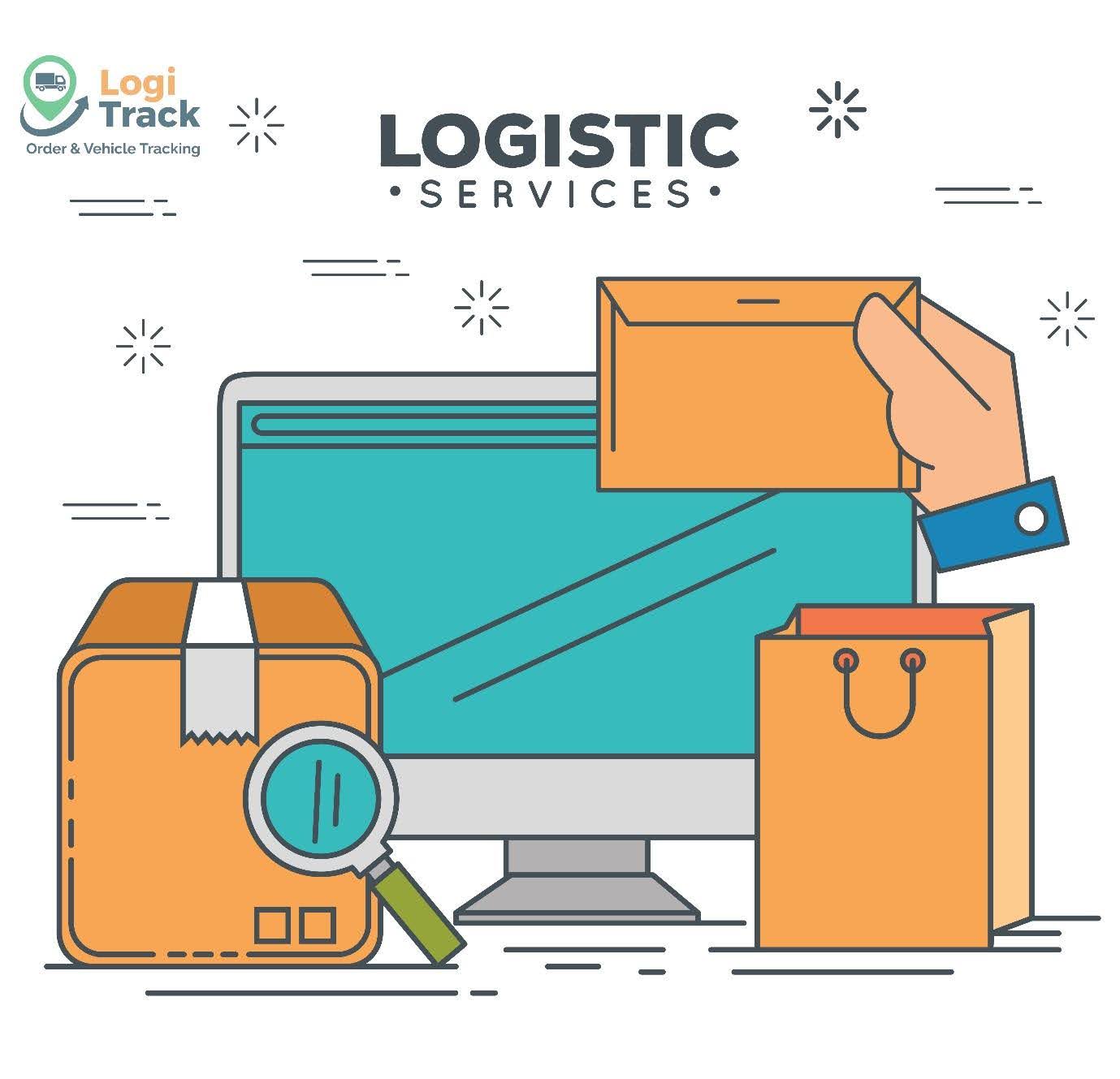Even a small error in the logistics process can disrupt the entire supply chain, causing significant losses in both time and cost. Using logistics software is no longer just an option but a crucial key to helping businesses operate smoothly, efficiently, and transparently. To better understand the key features that enable logistics software to optimize supply chain operations, let’s take a look at the following information. 
Bottlenecks Businesses Face Without Implementing Logistics Software
In today’s era, many companies still manage warehouses, transportation, and orders using manual methods or outdated software. This leads to several problems such as:
-
Difficulty tracking the status of goods in real time.
-
Delivery delays due to a lack of synchronization between warehousing, transportation, and sales.
-
Rising costs for storage, fuel, and labor.
-
Inability to accurately forecast demand and plan supply effectively.
These issues not only reduce productivity but also create significant risks for businesses. Therefore, logistics software has emerged as a solution that allows companies to control the entire supply chain—from procurement, warehousing, and transportation to customer service.
Core Features That Make Logistics Software a Powerful Supply Chain Optimization Tool 
Logistics Software Is Increasingly Adopted by Modern Businesses
Logistics software is becoming more widely used across enterprises today. It offers numerous outstanding features that allow businesses to comprehensively optimize their entire supply chain.
Warehouse Management Feature in Logistics Software
The Warehouse Management System (WMS) is a crucial part of logistics software, helping businesses address common challenges such as:
-
Managing inventory by code, batch, or expiration date.
-
Tracking inbound and outbound stock in real time to minimize manual errors.
-
Organizing warehouse layouts efficiently to save storage space.
-
Automatically alerting users when stock levels are low or products are nearing expiration.
Some free logistics software already includes basic WMS features—ideal for small businesses that want to get started without significant investment. However, for maximum efficiency, companies can upgrade to professional versions customized to their operational model.
Real-Time Transportation Tracking Feature
Another equally important feature of logistics software is real-time shipment tracking. This function provides several benefits for businesses, such as:
-
Knowing the exact location and status of each shipment with free logistics software.
-
Receiving alerts for delays, route changes, or unexpected incidents.
-
Optimizing delivery routes to save fuel costs.
Free logistics software typically offers basic tracking, while paid versions integrate GPS, IoT, and automation features to suggest the shortest and most efficient routes.
Order and Electronic Document Management Feature
In supply chain operations, order processing often involves risks like incorrect addresses, missing items, duplicate orders, or misplaced documents. Logistics software streamlines order and document management by allowing businesses to:
-
Automate order creation, processing, and confirmation.
-
Integrate directly with ERP or eCommerce systems.
-
Digitize shipping documents, invoices, and warehouse receipts.
-
Reduce manual input time and minimize errors.
Some free logistics software also includes basic order management functions, allowing businesses to monitor and process goods more efficiently.
Route Optimization and Automatic Resource Allocation
With modern technology, logistics software can analyze data to:
-
Predict transportation demand in different regions.
-
Suggest optimal routes to save both fuel and time.
-
Automatically allocate vehicles and personnel for each order.
-
Adjust dynamically to changes in weather, traffic, or customer requests.
Intelligent Reporting and Data Analytics Feature
Data plays a critical role in supply chain management. Logistics software helps businesses handle and analyze information effectively by:
-
Aggregating data from various stages such as warehousing, transport, orders, and customers.
-
Generating automated reports on costs, delivery times, and staff performance.
-
Analyzing consumption trends to plan accurate inventory replenishment.
-
Providing forecasts and supporting quick, data-driven strategic decisions.
As a result, businesses can achieve a more comprehensive optimization of their supply chain. Even free logistics software often provides a basic dashboard for monitoring overall operations.
Benefits of Optimizing the Supply Chain with Logistics Software 
When logistics software is effectively implemented, it can bring businesses significant benefits such as:
-
Reducing logistics operating costs through automation and route optimization.
-
Shortening order processing times and increasing delivery speed.
-
Minimizing errors and improving accuracy in inventory management.
-
Enhancing customer experience and strengthening brand reputation.
In particular, taking advantage of free trial versions of logistics software in the early stages allows businesses to optimize costs while still improving supply chain efficiency. Therefore, adopting logistics software has become both important and essential for modern enterprises.
In today’s era, investing in logistics software offers numerous practical features that help businesses manage their supply chains more comprehensively, bringing greater efficiency, growth opportunities, and alignment with current market trends.
Is your business looking for a smoother, more cost-effective, and efficient supply chain?
Choose Logitrack logistics software today to automate your processes, gain full operational control, and enhance your competitive edge in the market.









